Melvin Edwards
Some Bright Morning
31 Aug 2024 - 12 Jan 2025
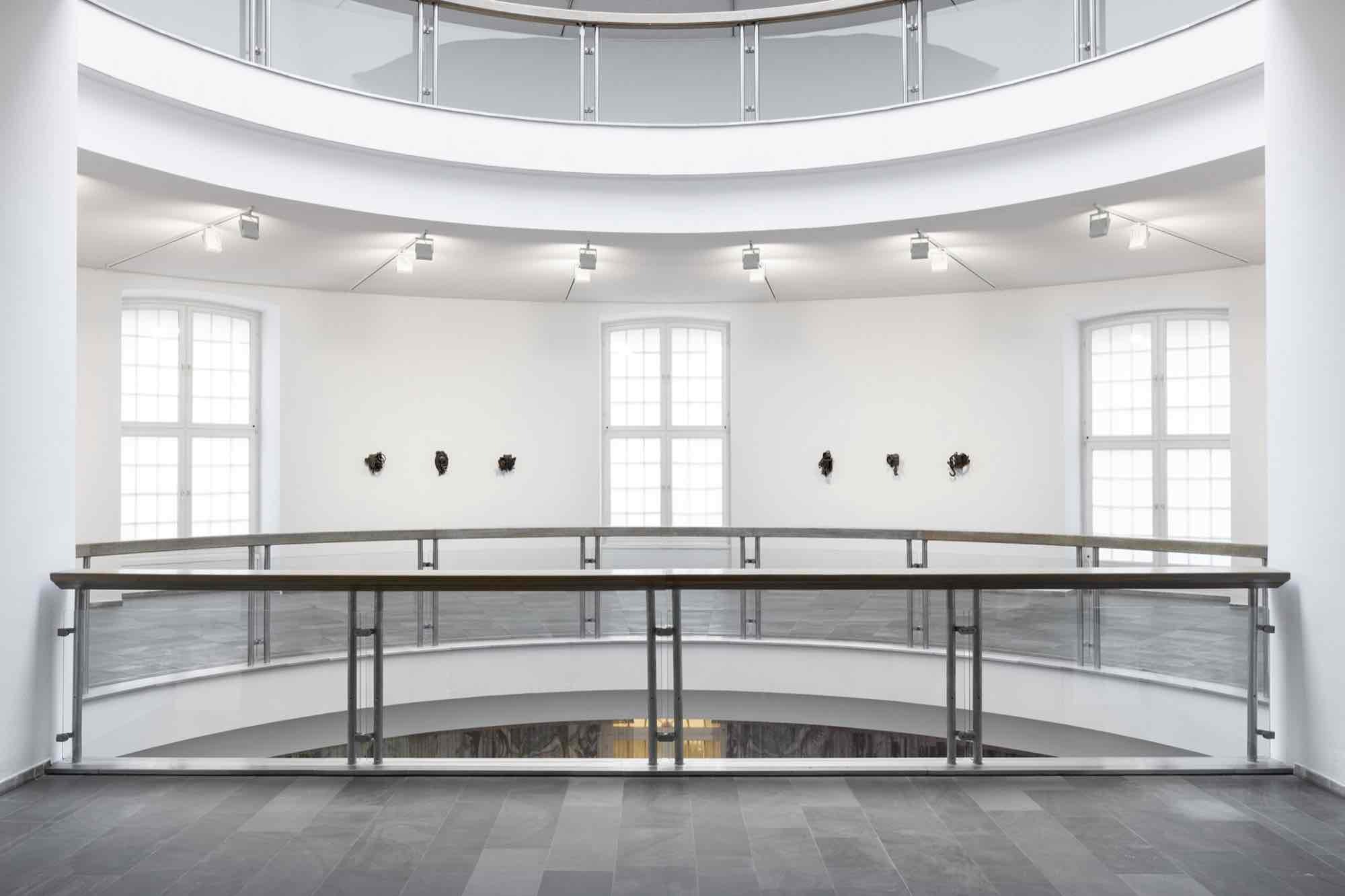
Melvin Edwards: SOME BRIGHT MORNING
With works from the series:
Lynch Fragments, 1963–
(Installation view Fridericianum, Kassel)
Photo: Andrea Rossetti
© Melvin Edwards, documenta und Museum Fridericianum gGmbH
Courtesy Alexander Gray Associates, New York; Stephen Friedman Gallery, London; Galerie Buchholz, Berlin
With works from the series:
Lynch Fragments, 1963–
(Installation view Fridericianum, Kassel)
Photo: Andrea Rossetti
© Melvin Edwards, documenta und Museum Fridericianum gGmbH
Courtesy Alexander Gray Associates, New York; Stephen Friedman Gallery, London; Galerie Buchholz, Berlin
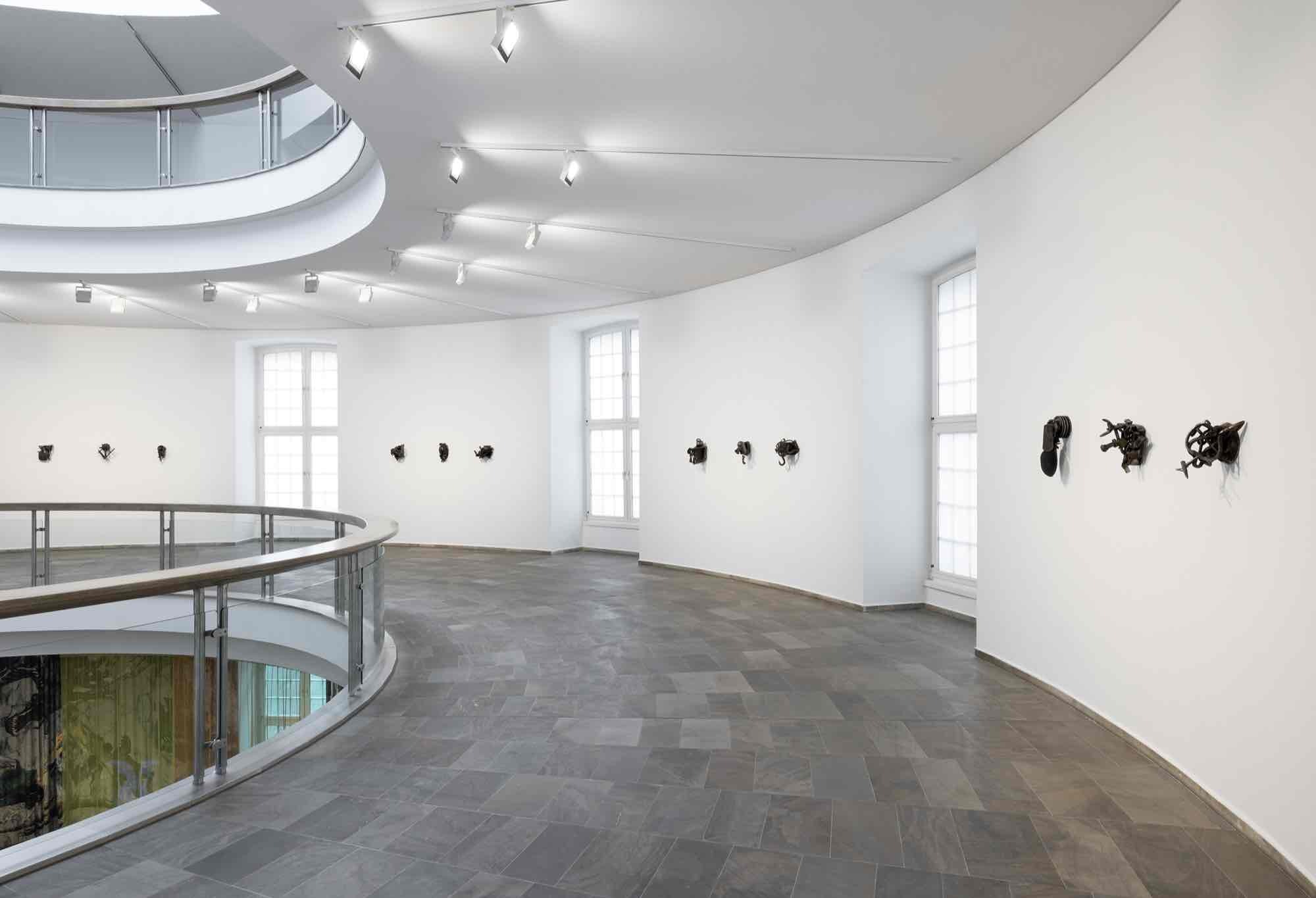
Melvin Edwards: SOME BRIGHT MORNING
With works from the series:
Lynch Fragments, 1963–
(Installation view Fridericianum, Kassel)
Photo: Andrea Rossetti
© Melvin Edwards, documenta und Museum Fridericianum gGmbH
Courtesy Alexander Gray Associates, New York; Stephen Friedman Gallery, London; Galerie Buchholz, Berlin
With works from the series:
Lynch Fragments, 1963–
(Installation view Fridericianum, Kassel)
Photo: Andrea Rossetti
© Melvin Edwards, documenta und Museum Fridericianum gGmbH
Courtesy Alexander Gray Associates, New York; Stephen Friedman Gallery, London; Galerie Buchholz, Berlin

Melvin Edwards: SOME BRIGHT MORNING
With the works (left to right):
Adeoli Goacoba, 1988
“Look through minds mirror distance and measure time” – Jayne Cortez, 1970
(Installation view Fridericianum, Kassel)
Photo: Andrea Rossetti
© Melvin Edwards, documenta und Museum Fridericianum gGmbH
Courtesy Alexander Gray Associates, New York; Stephen Friedman Gallery, London; Galerie Buchholz, Berlin
With the works (left to right):
Adeoli Goacoba, 1988
“Look through minds mirror distance and measure time” – Jayne Cortez, 1970
(Installation view Fridericianum, Kassel)
Photo: Andrea Rossetti
© Melvin Edwards, documenta und Museum Fridericianum gGmbH
Courtesy Alexander Gray Associates, New York; Stephen Friedman Gallery, London; Galerie Buchholz, Berlin
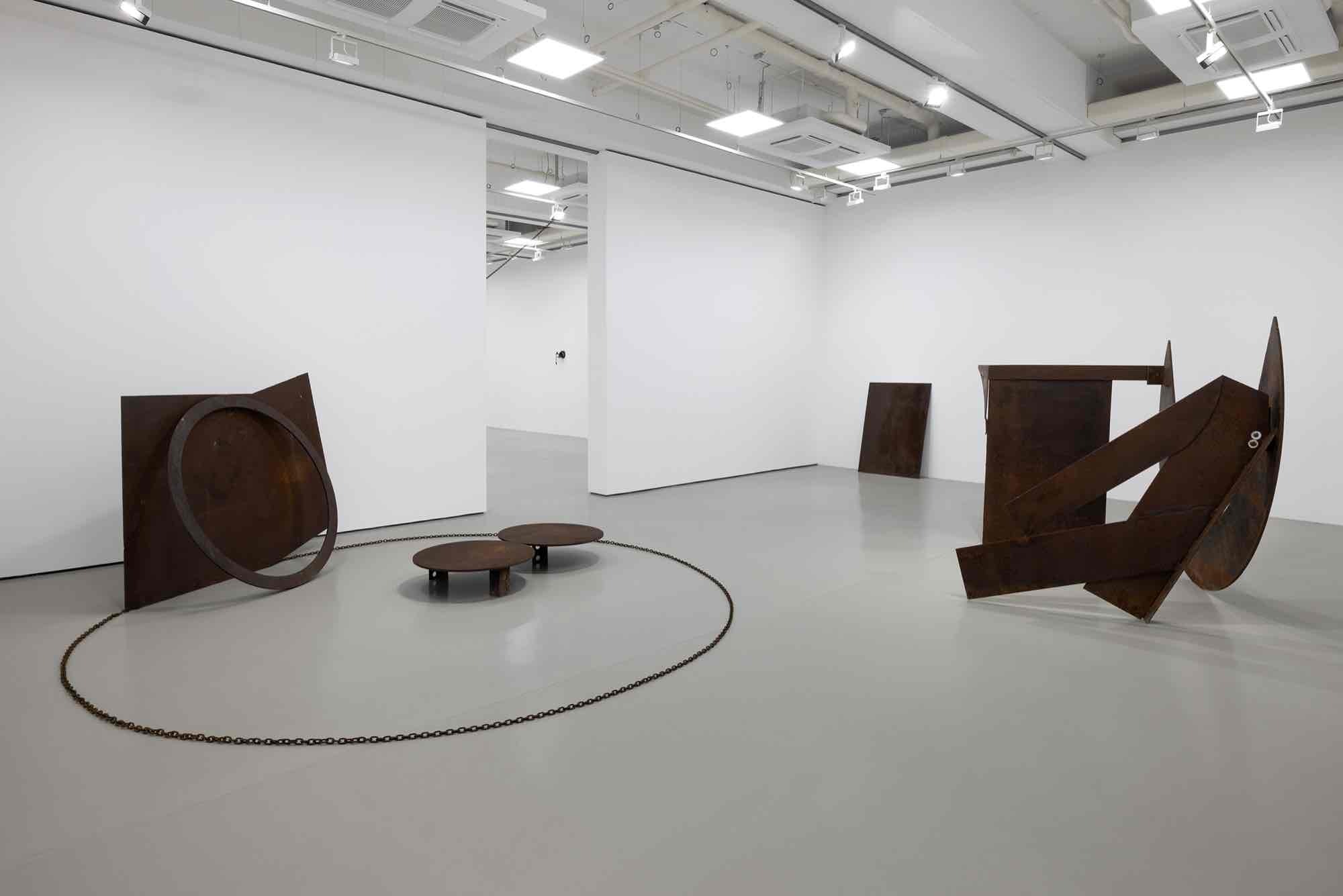
Melvin Edwards: SOME BRIGHT MORNING
With the works (front to back):
Homage to the Poet Léon-Gontran Damas, 1978–1981
Some Bright Morning, 1963
(Installation view Fridericianum, Kassel)
Photo: Andrea Rossetti
© Melvin Edwards, documenta und Museum Fridericianum gGmbH
Courtesy Alexander Gray Associates, New York; Stephen Friedman Gallery, London; Galerie Buchholz, Berlin
With the works (front to back):
Homage to the Poet Léon-Gontran Damas, 1978–1981
Some Bright Morning, 1963
(Installation view Fridericianum, Kassel)
Photo: Andrea Rossetti
© Melvin Edwards, documenta und Museum Fridericianum gGmbH
Courtesy Alexander Gray Associates, New York; Stephen Friedman Gallery, London; Galerie Buchholz, Berlin

Melvin Edwards: SOME BRIGHT MORNING
With the works (left to right):
Tan Ton Dyminns, 1974
Augusta, 1974
Felton, 1974
(Installation view Fridericianum, Kassel)
Photo: Andrea Rossetti
© Melvin Edwards, documenta und Museum Fridericianum gGmbH
Courtesy Alexander Gray Associates, New York; Stephen Friedman Gallery, London; Galerie Buchholz, Berlin
With the works (left to right):
Tan Ton Dyminns, 1974
Augusta, 1974
Felton, 1974
(Installation view Fridericianum, Kassel)
Photo: Andrea Rossetti
© Melvin Edwards, documenta und Museum Fridericianum gGmbH
Courtesy Alexander Gray Associates, New York; Stephen Friedman Gallery, London; Galerie Buchholz, Berlin

Melvin Edwards: SOME BRIGHT MORNING
With the work:
Adeoli Goacoba, 1988
(Installation view Fridericianum, Kassel)
Photo: Nicolas Wefers
© Melvin Edwards, documenta und Museum Fridericianum gGmbH
Courtesy Alexander Gray Associates, New York; Stephen Friedman Gallery, London; Galerie Buchholz, Berlin
With the work:
Adeoli Goacoba, 1988
(Installation view Fridericianum, Kassel)
Photo: Nicolas Wefers
© Melvin Edwards, documenta und Museum Fridericianum gGmbH
Courtesy Alexander Gray Associates, New York; Stephen Friedman Gallery, London; Galerie Buchholz, Berlin
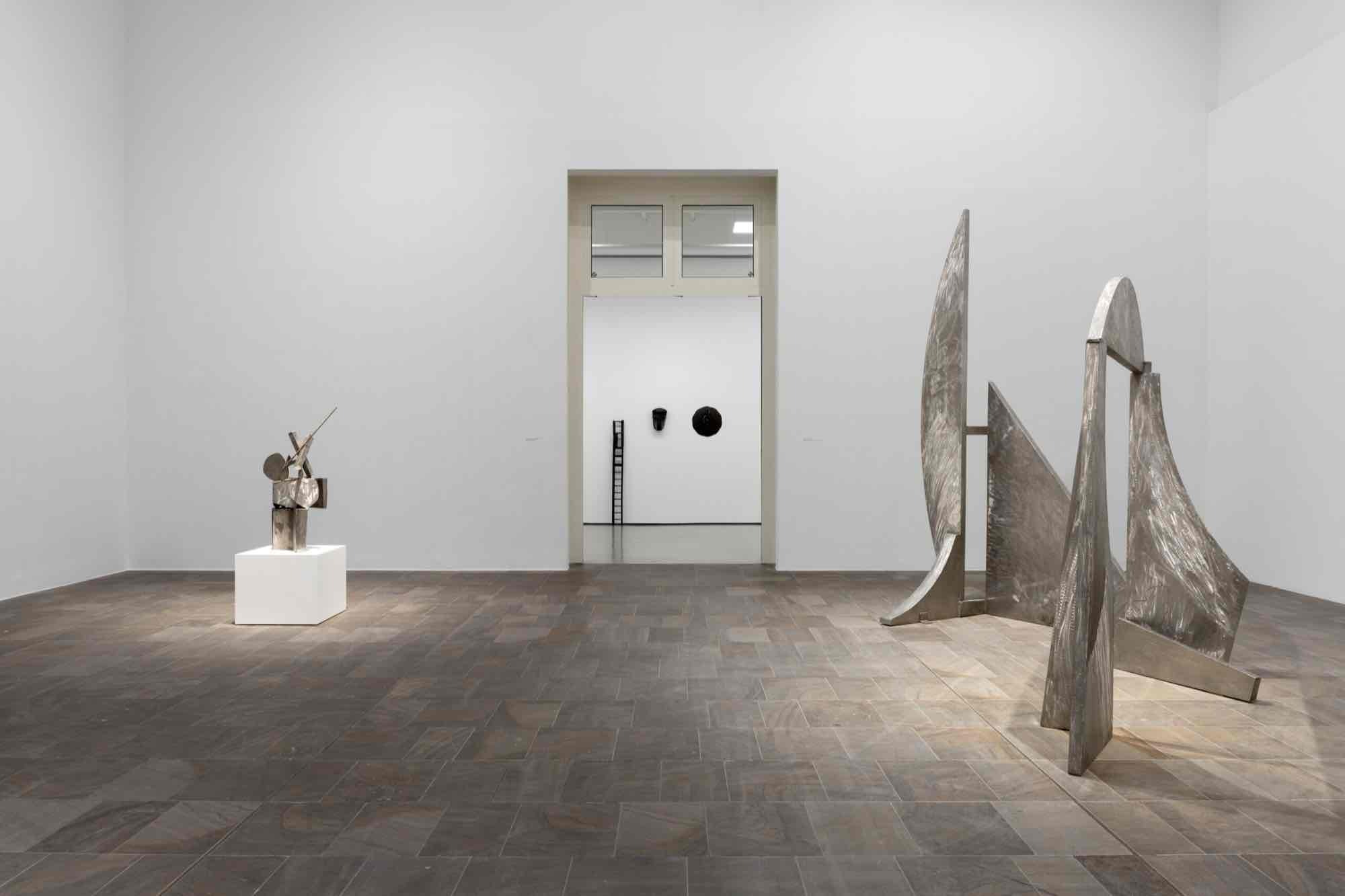
Melvin Edwards: SOME BRIGHT MORNING
With the works (left to right):
Zim OK (Working in Zimbabwe), 1996
Homage to Oba Ewuare II of Benin City, Nigeria, 2016–2017
Adeoli Goacoba, 1988
(Installation view Fridericianum, Kassel)
Photo: Nicolas Wefers
© Melvin Edwards, documenta und Museum Fridericianum gGmbH
Courtesy Alexander Gray Associates, New York; Stephen Friedman Gallery, London; Galerie Buchholz, Berlin
With the works (left to right):
Zim OK (Working in Zimbabwe), 1996
Homage to Oba Ewuare II of Benin City, Nigeria, 2016–2017
Adeoli Goacoba, 1988
(Installation view Fridericianum, Kassel)
Photo: Nicolas Wefers
© Melvin Edwards, documenta und Museum Fridericianum gGmbH
Courtesy Alexander Gray Associates, New York; Stephen Friedman Gallery, London; Galerie Buchholz, Berlin
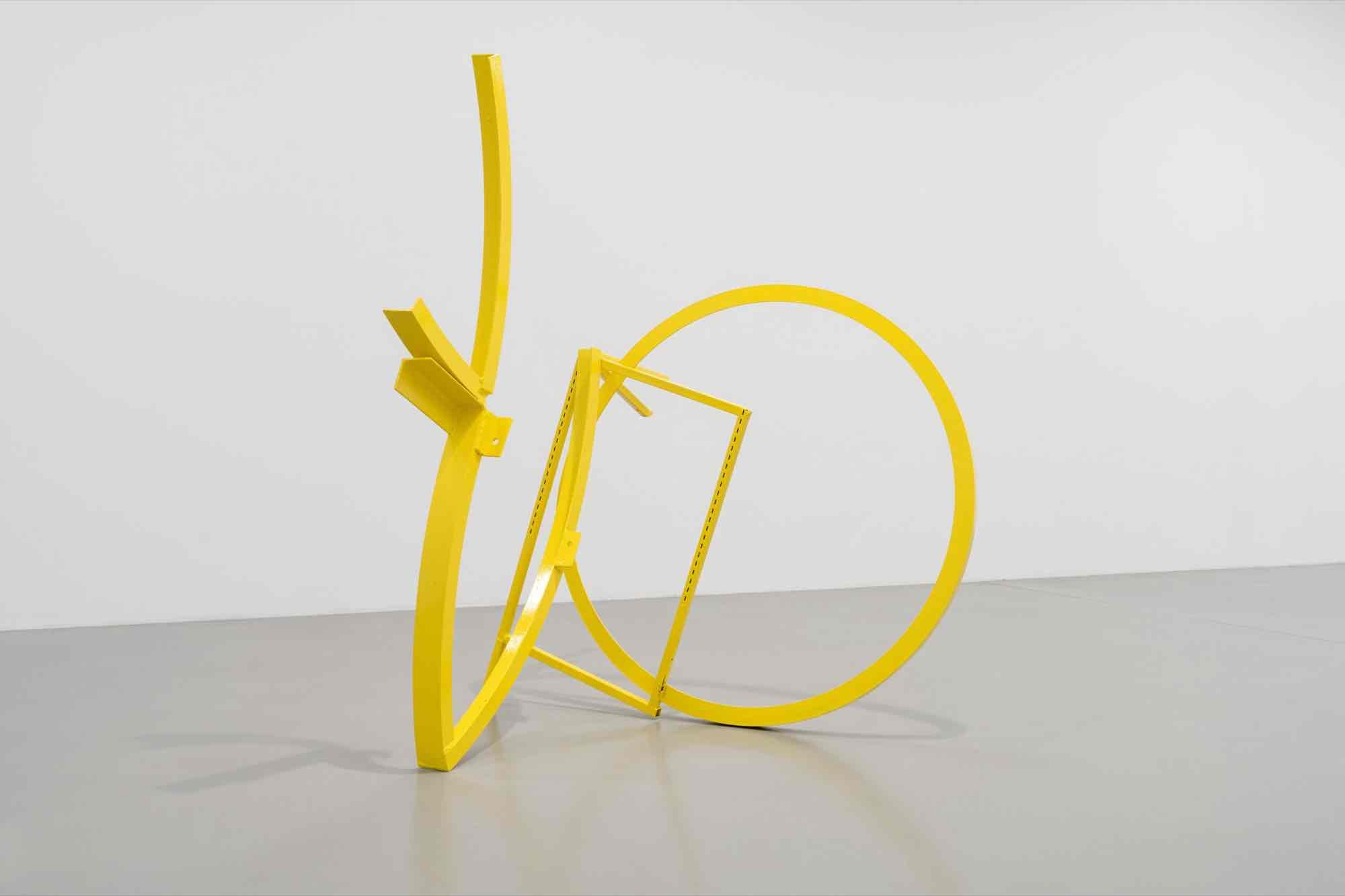
Melvin Edwards: SOME BRIGHT MORNING
With the work:
Augusta, 1974
(Installation view Fridericianum, Kassel)
Photo: Nicolas Wefers
© Melvin Edwards, documenta und Museum Fridericianum gGmbH
Courtesy Alexander Gray Associates, New York; Stephen Friedman Gallery, London; Galerie Buchholz, Berlin
With the work:
Augusta, 1974
(Installation view Fridericianum, Kassel)
Photo: Nicolas Wefers
© Melvin Edwards, documenta und Museum Fridericianum gGmbH
Courtesy Alexander Gray Associates, New York; Stephen Friedman Gallery, London; Galerie Buchholz, Berlin
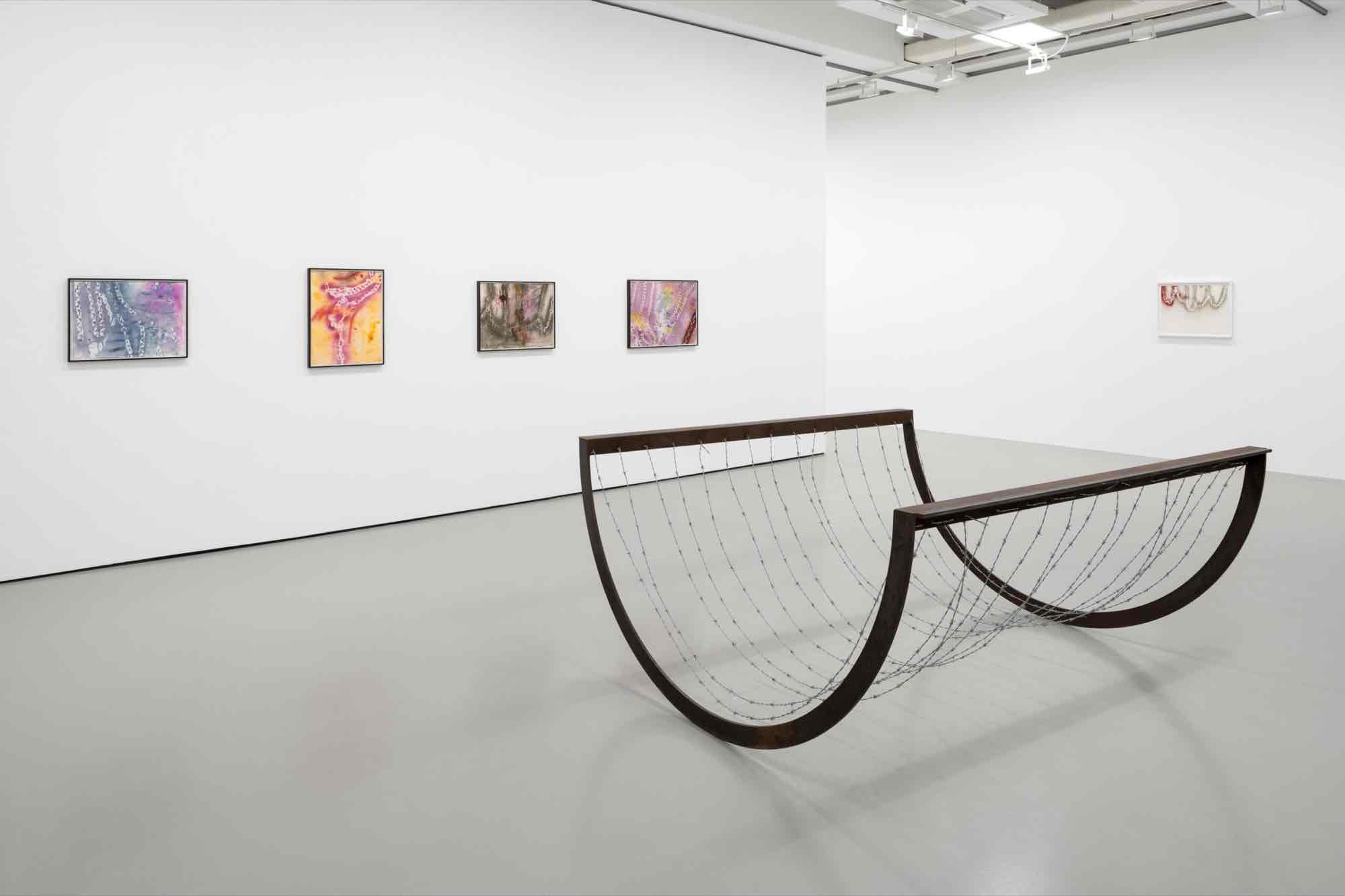
Melvin Edwards: SOME BRIGHT MORNING
(Installation view Fridericianum, Kassel)
With the works:
Untitled, ca. 1974
Watercolor and ink on paper
Coco Vari Providence, 2017
Steel and barbed wire
Photo: Nicolas Wefers
© Melvin Edwards, documenta und Museum Fridericianum gGmbH
(Installation view Fridericianum, Kassel)
With the works:
Untitled, ca. 1974
Watercolor and ink on paper
Coco Vari Providence, 2017
Steel and barbed wire
Photo: Nicolas Wefers
© Melvin Edwards, documenta und Museum Fridericianum gGmbH

Melvin Edwards: SOME BRIGHT MORNING
With works from the series:
Lynch Fragments, 1963–
(Installation view Fridericianum, Kassel)
Photo: Nicolas Wefers
© Melvin Edwards, documenta und Museum Fridericianum gGmbH
Courtesy Alexander Gray Associates, New York; Stephen Friedman Gallery, London; Galerie Buchholz, Berlin
With works from the series:
Lynch Fragments, 1963–
(Installation view Fridericianum, Kassel)
Photo: Nicolas Wefers
© Melvin Edwards, documenta und Museum Fridericianum gGmbH
Courtesy Alexander Gray Associates, New York; Stephen Friedman Gallery, London; Galerie Buchholz, Berlin
Under the title Some Bright Morning, the Fridericianum is presenting the first extensive solo exhibition by Melvin Edwards at a European institution. Featuring over 50 works, the show offers the opportunity to get to know the diverse abstract language of form of this sculptor, installation artist, and draftsman.
With a forward-looking approach to the questions, practices, and forms of modernism, Melvin Edwards established a body of work in the early 1960s that captivates with its great individuality and rigor. His oeuvre includes wall-mounted reliefs—the Lynch Fragments—barbed wire installations, freestanding sculptures, and works on paper. Although the works of Edwards, born in Houston, Texas, in 1937, are sited in the realm of abstraction, they allude to tangible points of reference. They evoke thoughts, feelings, and images that are linked to that historical context of the United States of America, from which the Civil Rights movement of the 1950s and 1960s emerged. Edwards’s works can therefore be read as an expression of a political engagement—a protest against racial injustice that has not lost its urgency in the present day and one that, for the artist, can be transposed onto other parts of the world, including different regions of Africa and Central and South America.
Artistic Beginnings and the First Central Series
During his childhood and youth, spent in Texas and Ohio, Edwards experienced the effects and extent of the racial segregation. After graduating from high school, he moved to California in 1955. There, at the University of Southern California in Los Angeles, he began his in-depth exploration of the arts, in particular painting. At the same time, he lived out his passion for American football. By the artist’s own accounts, his strong physical connection to sports was a major factor in his increasing focus on sculpture over time. In 1960 he learned the techniques of welding, which he deployed as a central part of his artistic production from then on. After a long period of experimentation and research, he finally arrived at a sculptural formulation in 1963, which became the essential starting point of his work. He created the first work in the extensive series he would later call the Lynch Fragments: a small relief-like wall object that he welded together from various scraps of metal, flat plates, a chain, and a tubular element. The pointed, bladelike triangular shapes, the rawness and heaviness of the material, and the rough traces of welding give the work a powerful presence. Despite the illegibility of the object, it appeals directly to the viewer’s imagination. This intense effect evoked by the early wall relief is the common thread running through all Lynch Fragments, that—with interruptions from 1967 to 1972 and from 1974 to 1977—significantly mark Edwards’s oeuvre and that are represented in the Fridericianum by thirteen selected examples. Edwards’s specific use of language, through which he references historical events, places, or people, can be seen as another key characteristic of the series of works. For instance, the title of Some Bright Morning (1963), the programmatic first wall object, refers to an episode from Ralph Ginzburg’s 1962 publication 100 Years of Lynchings that documents the self-defense of a Black family against racially motivated violence.
Curatorial Team: Luise von Nobbe & Moritz Wesseler
With a forward-looking approach to the questions, practices, and forms of modernism, Melvin Edwards established a body of work in the early 1960s that captivates with its great individuality and rigor. His oeuvre includes wall-mounted reliefs—the Lynch Fragments—barbed wire installations, freestanding sculptures, and works on paper. Although the works of Edwards, born in Houston, Texas, in 1937, are sited in the realm of abstraction, they allude to tangible points of reference. They evoke thoughts, feelings, and images that are linked to that historical context of the United States of America, from which the Civil Rights movement of the 1950s and 1960s emerged. Edwards’s works can therefore be read as an expression of a political engagement—a protest against racial injustice that has not lost its urgency in the present day and one that, for the artist, can be transposed onto other parts of the world, including different regions of Africa and Central and South America.
Artistic Beginnings and the First Central Series
During his childhood and youth, spent in Texas and Ohio, Edwards experienced the effects and extent of the racial segregation. After graduating from high school, he moved to California in 1955. There, at the University of Southern California in Los Angeles, he began his in-depth exploration of the arts, in particular painting. At the same time, he lived out his passion for American football. By the artist’s own accounts, his strong physical connection to sports was a major factor in his increasing focus on sculpture over time. In 1960 he learned the techniques of welding, which he deployed as a central part of his artistic production from then on. After a long period of experimentation and research, he finally arrived at a sculptural formulation in 1963, which became the essential starting point of his work. He created the first work in the extensive series he would later call the Lynch Fragments: a small relief-like wall object that he welded together from various scraps of metal, flat plates, a chain, and a tubular element. The pointed, bladelike triangular shapes, the rawness and heaviness of the material, and the rough traces of welding give the work a powerful presence. Despite the illegibility of the object, it appeals directly to the viewer’s imagination. This intense effect evoked by the early wall relief is the common thread running through all Lynch Fragments, that—with interruptions from 1967 to 1972 and from 1974 to 1977—significantly mark Edwards’s oeuvre and that are represented in the Fridericianum by thirteen selected examples. Edwards’s specific use of language, through which he references historical events, places, or people, can be seen as another key characteristic of the series of works. For instance, the title of Some Bright Morning (1963), the programmatic first wall object, refers to an episode from Ralph Ginzburg’s 1962 publication 100 Years of Lynchings that documents the self-defense of a Black family against racially motivated violence.
Curatorial Team: Luise von Nobbe & Moritz Wesseler
